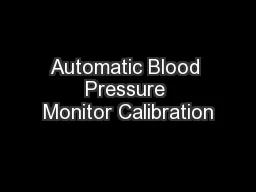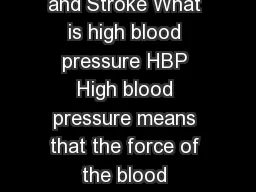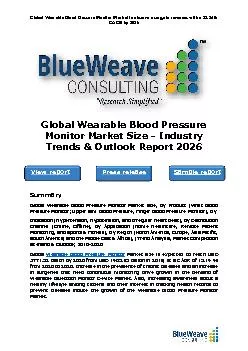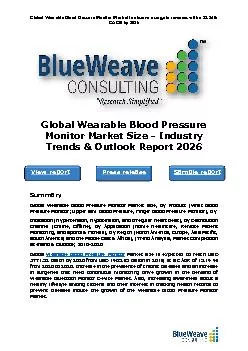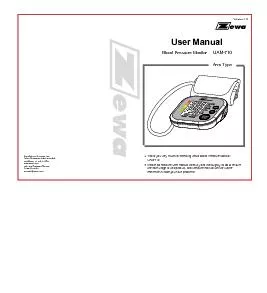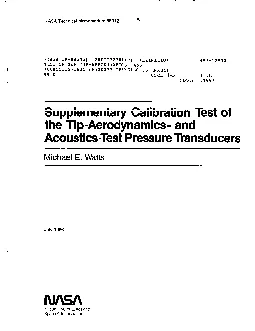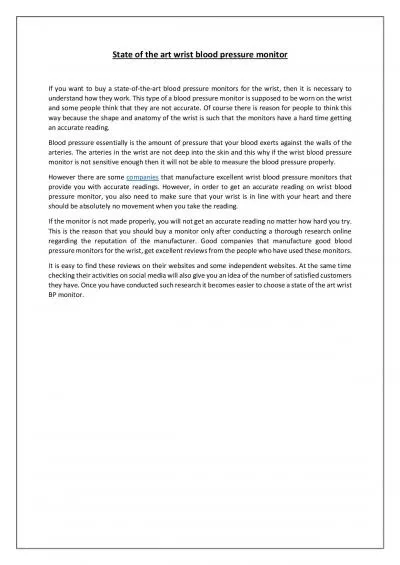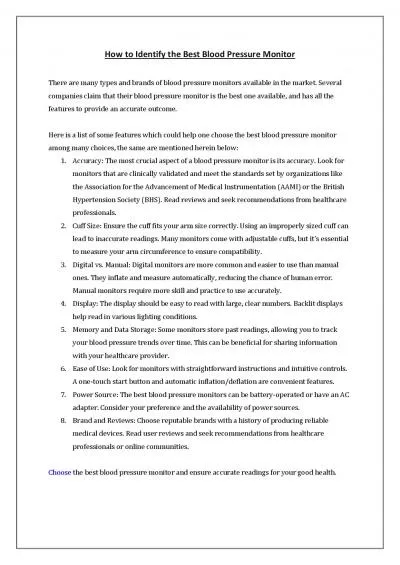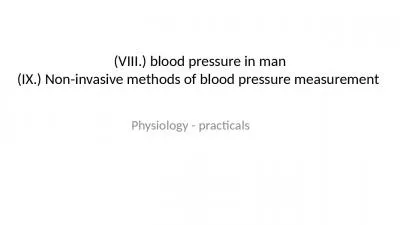PPT-Automatic Blood Pressure Monitor Calibration
Author : natalia-silvester | Published Date : 2018-11-09
Ross Hamilton Lei Qu Hanniff Mohd Nor David Lee Introduction Dr Andre Churchwell is our Sponsor Learned about the vagaries of commercial common blood pressure monitors
Presentation Embed Code
Download Presentation
Download Presentation The PPT/PDF document "Automatic Blood Pressure Monitor Calibra..." is the property of its rightful owner. Permission is granted to download and print the materials on this website for personal, non-commercial use only, and to display it on your personal computer provided you do not modify the materials and that you retain all copyright notices contained in the materials. By downloading content from our website, you accept the terms of this agreement.
Automatic Blood Pressure Monitor Calibration: Transcript
Download Rules Of Document
"Automatic Blood Pressure Monitor Calibration"The content belongs to its owner. You may download and print it for personal use, without modification, and keep all copyright notices. By downloading, you agree to these terms.
Related Documents

